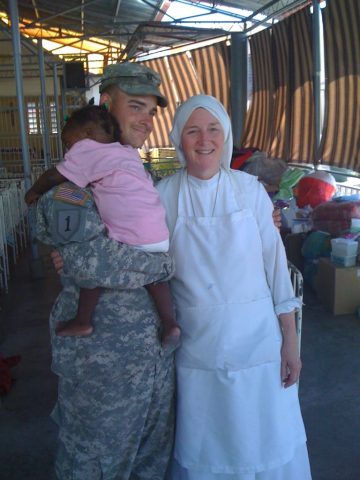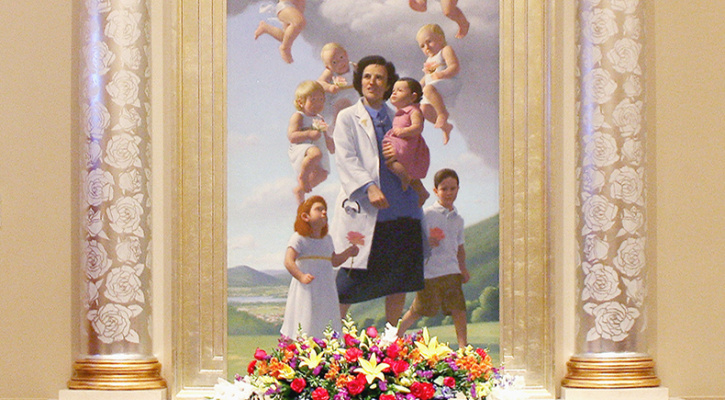Daily Scripture Reading and Meditation: Is It Lawful to Save Life or to Destroy It?
September 7, 2020Anthony Fauci: Pandemics are Increasing Because We’ve Provoked Mother Nature, by William M. Briggs
September 8, 2020
By Ines A. Murzaku, The Catholic Thing, Sept. 6, 2020
Ines Angeli Murzaku is Professor of Church History at Seton Hall University. Her extensive research on the history of Christianity, Catholicism, Religious Orders, and Ecumenism has been published in multiple scholarly articles and five books. …
 Centuries have passed since the Sack of Rome on May 9, 1527, when Michelangelo received the papal commission to start his monumental fresco The Last Judgement, which still adorns the Sistine Chapel. Michelangelo’s patron, Pope Clement VII, had witnessed first-hand the invasion of the city and the atrocities inflicted on the Roman people from Castel St. Angelo. Religious, cardinals, bishops, and priests too were victims of the Lutheran Landsknechts (German mercenaries).
Centuries have passed since the Sack of Rome on May 9, 1527, when Michelangelo received the papal commission to start his monumental fresco The Last Judgement, which still adorns the Sistine Chapel. Michelangelo’s patron, Pope Clement VII, had witnessed first-hand the invasion of the city and the atrocities inflicted on the Roman people from Castel St. Angelo. Religious, cardinals, bishops, and priests too were victims of the Lutheran Landsknechts (German mercenaries).
Rome was in rubble; churches were closed and desecrated. A Spaniard who witnessed the sack recorded: “In Rome all sins were openly committed – sodomy, simony, idolatry, hypocrisy, fraud. Surely then, what has come to pass has not been by chance, but by the Judgment of God.” More than anyone, Pope Paul III (1534-1549) felt it as the Judgment of God and as reason for urgent reform of the Church. He initiated the Council of Trent, which articulated Church’s stance against the Protestant Reformers. …







